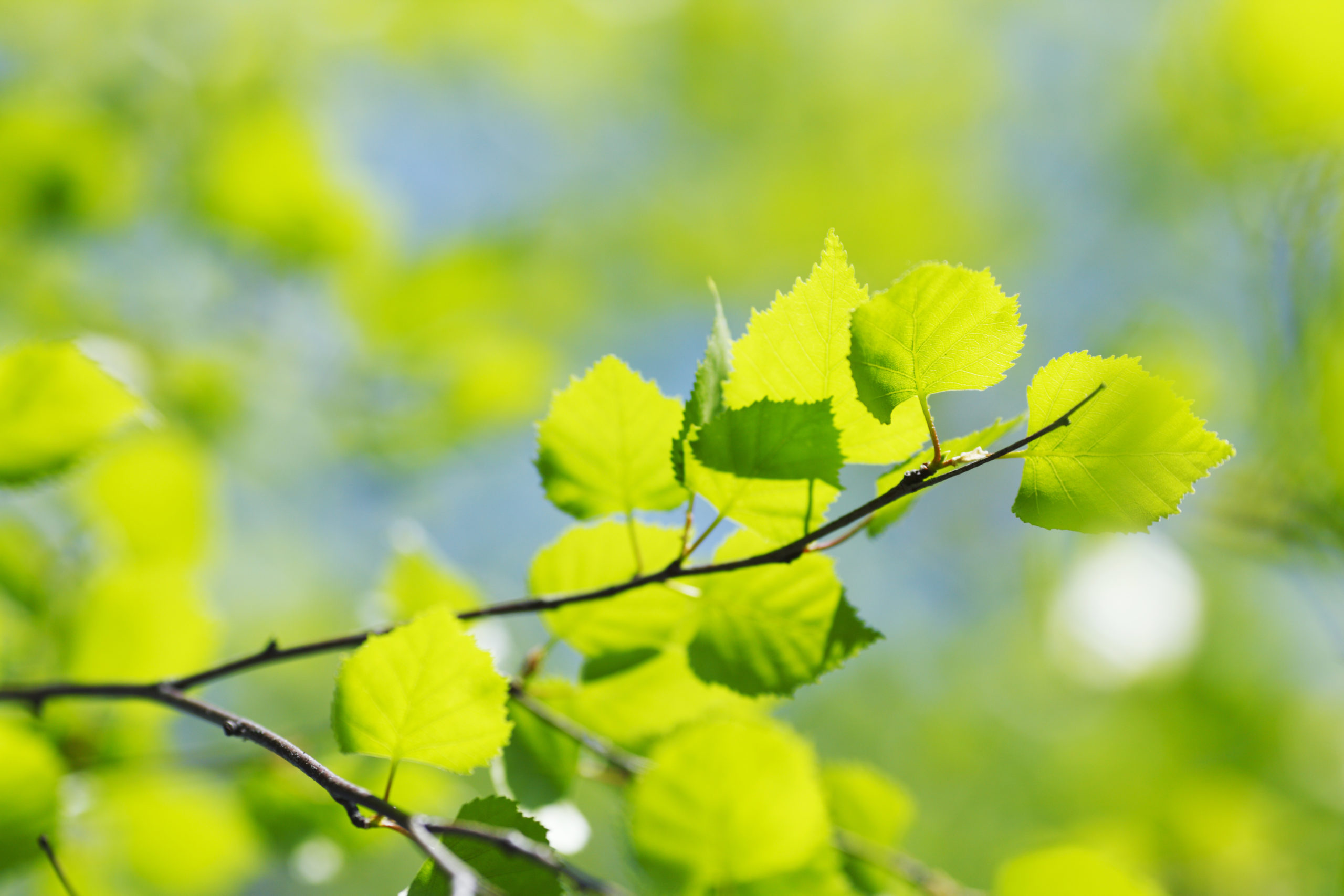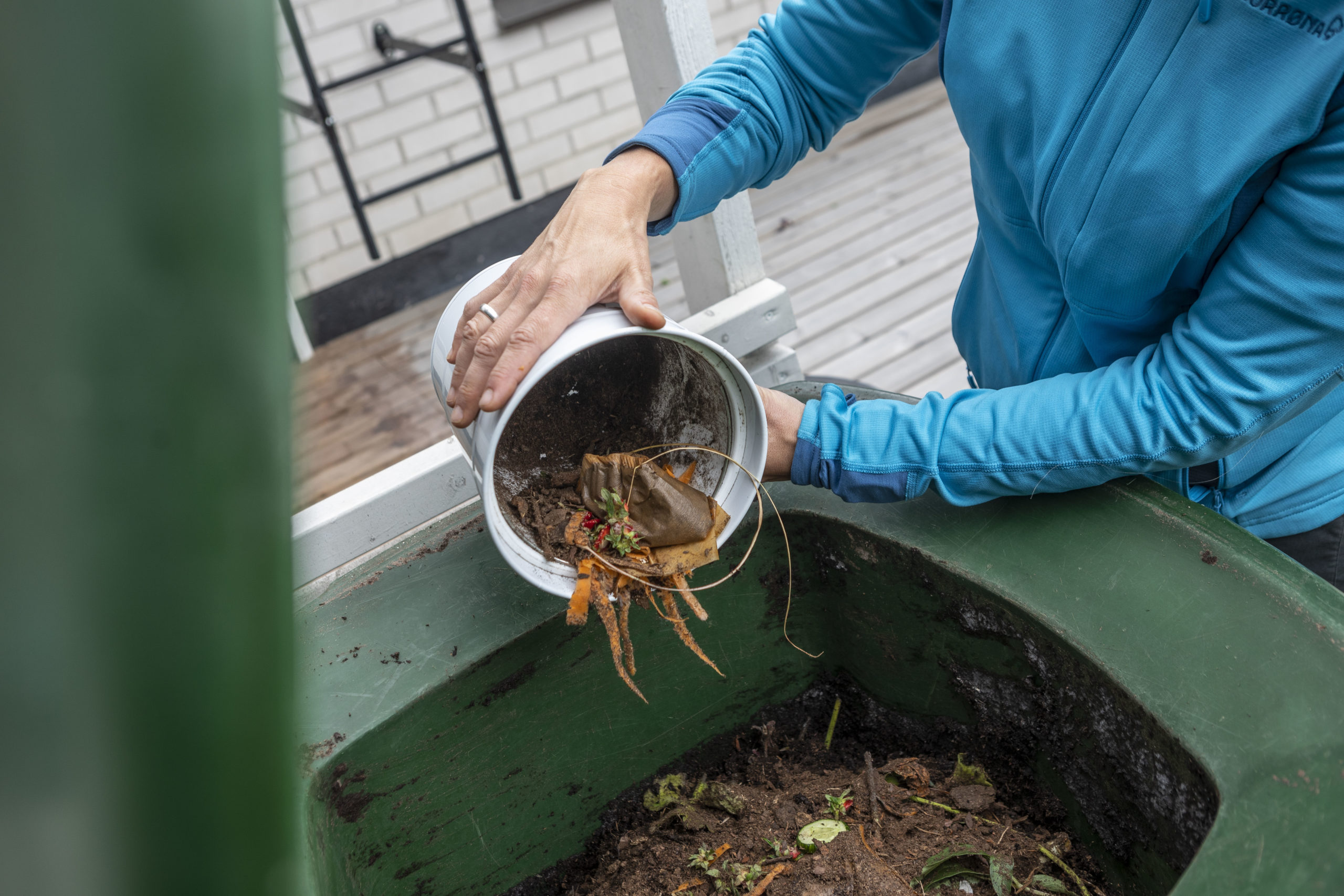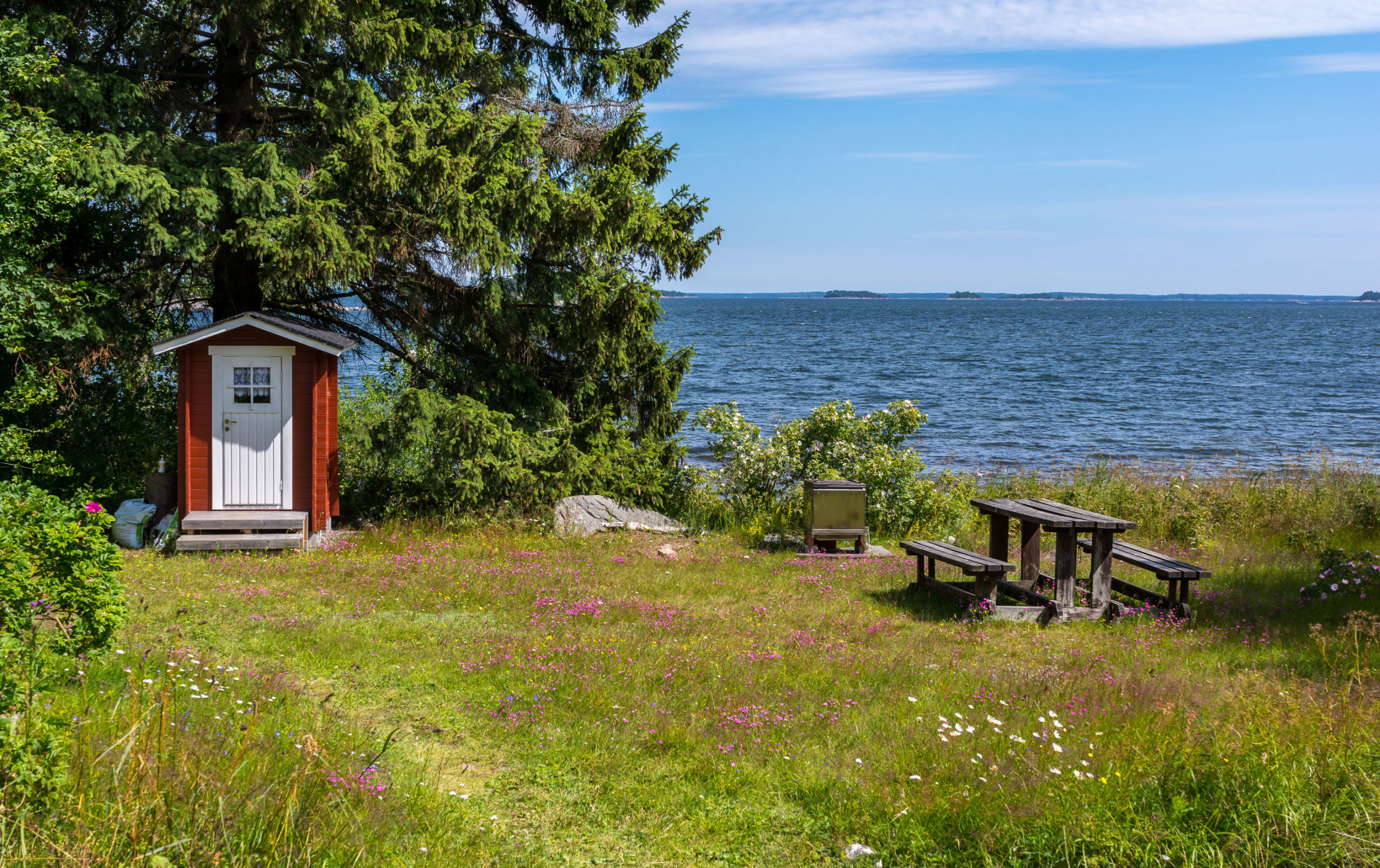For holiday residents

Small actions matter.
Waste management of your summer cottage in order
You can make the waste management of your summer cottage economically and ecologically viable with simple solutions. The amount of waste generated at the cottage can be reduced by carefully planning your food and household goods shopping. The waste generated is easy to recycle or utilise. Cottage waste management is cheap and easy when planned correctly.
Waste container on the holiday property
All residential properties, including holiday properties, must join the municipal waste management system. The property owner is responsible for acquiring a waste container and ensures that the information in the customer register (address of the property, contact information of the property owner, size of the waste container, etc.) is correct. A low amount of waste is not grounds for not joining organised waste transport.
The waste container can be a property-specific waste container or a so-called jointly owned container, i.e. a container shared by two or more properties. If little waste is generated, a jointly owned container is the most affordable option. Joint collection can be set up, for example, by the shareholders of a road maintenance association or by properties otherwise located close together.
Read more about setting up joint collection.

All waste has its place
Sorting is everyone’s duty. For waste generated in dwellings, this means collected paper, carton, glass, metal and plastic packaging as well as mixed and biowaste. Packaging waste and paper are accepted at Rinki eco take-back points throughout the country. Find the nearest point online at www.kierratys.info. Mixed or dry waste belongs in the property’s own waste container or a jointly owned container. If biowaste is composted on the property, you can acquire a dry waste container instead of a mixed waste container, with an emptying interval of up to eight weeks.
Burning or burying waste is prohibited. Only small amounts of dry brushwood, straw or other plant waste as well as untreated wood may be burned in sparsely populated areas. Small amounts of paper or cardboard may be used as kindling in the fireplace.
No sense emptying an empty waste container!
You can achieve considerable savings by choosing the right emptying interval for the waste container. The maximum emptying interval of a mixed waste container is four weeks. If biowaste is composted, the emptying interval of the remaining dry waste container can be fixed at up to eight weeks throughout the year.
If the property is not used for a long time, it is possible to suspend the emptying of the waste container for a specified period. For example, if your cottage is used just in the summer, emptying should be arranged only for that period. Similarly, during a longer cottage season, the container emptying at your permanent dwelling can be suspended. In the case of holiday homes, emptying can be suspended for a maximum of eleven months out of a calendar year if the property is not used during that period.

Soil from waste
Composting provides you with nutritious soil for the flower bed and vegetable garden and saves you money. A thermally insulated composter is required for year-round composting of kitchen or biowaste. Outside densely populated areas, kitchen waste may also be composted in a non-insulated composter. Kitchen composters must always be protected from pests. Garden waste can be used as compost bedding, toilet litter or composted into soil. In addition to an insulated composter, garden waste can also be composted in a heap, clamp or non-insulated composter. Mature compost can be used as cover, substrate or for soil conditioning. Read more about composting and its benefits in our composting guide.
Dry toilet as an alternative
If your summer cottage has a dry toilet instead of a flush toilet, the solid waste can be composted and the urine used as fertiliser. This improves the natural circulation of nutrients and reduces the load on bodies of water. An existing outhouse can also be easily converted into a functional dry toilet. A good dry toilet is comfortable and cosy. It does not stink, there are no flies and it is easy to clean and empty.

Why should I get a dry toilet?
The phosphorus and nitrogen in sewage wastewater, which make bodies of water eutrophic, mostly come from flush toilets and especially from urine. One person produces about 500 litres of urine and 50 kilograms of solid excrement per year. The nitrogen in urine is suitable for fertilising plants. Composting the excrement would yield you an estimated 10 litres of finished compost per year. A well-maintained dry toilet is an environmentally friendly and affordable alternative to a flush toilet. At the cottage and often also in permanent dwellings, it saves money on construction costs and the nutrients are easily available for your own use. Wastewater treatment becomes much easier and cheaper, especially in areas without sewerage. A dry toilet does not always have to be isolated at the back of the yard, but can instead be built indoors. An existing outhouse can also be converted into a dry toilet. It will improve the comfort of use of the toilet and with its tightly sealed base, the dry toilet prevents nutrients from entering the ground.
Choice of dry toilet
Today, various dry toilet models with different operating principles are available from multiple manufacturers. These include composting, separating, evaporative, incinerating and freezing toilet models. Before purchasing one, you should carefully consider what kind of use and space the dry toilet is being acquired for. There may be differences between models, for example, in the temperature requirements or installation of the dry toilet. Some models may also require electricity to operate.
When planning a dry toilet:
- find out about local waste management and building regulations;
- estimate usage (whether use is occasional or continuous, how many people use the toilet);
- compare the information of different models and their suitability for your needs;
- take into account adequate and functional air conditioning;
- ensure ease of use, cleaning and emptying of the toilet;
- take into account the operating conditions of the appliance (electricity, room temperature, etc.);
- consider the storage of the urine/effluent accumulated; and
- ensure hand washing facilities.
Treatment and utilisation of dry toilet waste
Liquid waste
The urine from a separating dry toilet can be handled in a number of different ways. It can be used as fertiliser for plants as is or diluted, or as additional fertiliser in garden compost. The urine can also be absorbed in peat and placed in compost with solid toilet waste, or conducted for treatment with black wastewater. The effluent from a composting toilet must always be composted before use.
Solid waste
Solid waste should always be composted before it is utilised (apart from incinerated toilet waste). In a composting toilet or toilet waste compost, litter is used to absorb excess liquid from the toilet waste, make it more airy and bind odours. Good litter is acidic, suitably coarse and absorbs enough moisture. Good litter materials include wood chips, cutter shavings and raking waste. You need to use enough litter to prevent seepage liquid from entering the ground. It takes one to two years for toilet waste to compost. Well-composted toilet waste looks and smells like soil. It can be used as cover or as a soil conditioner mixed with substrate.
Alternatives to the traditional dry toilet
Freezing toilet
- freezes toilet waste
- small in size, needs to be emptied frequently
- waste must be composted in a separate composter with bedding
- installation is easy, but requires an electrical plug
Incinerating toilet
- evaporates urine and incinerates excrement
- cold ashes can be used as fertiliser for ornamental plants
- requires an electrical plug, high electricity consumption
- only suitable for low usage
Waterless urinal
- functions completely without water
- collected urine is suitable for use as fertiliser after one month of ageing
Low-flush toilet
- only a few decilitres of water are used for flushing
- amount of waste accumulated is significantly reduced, leading to significant cost savings
- closed container to be emptied or large composting container
- urine-separating models have a separate container for urine, solid waste must be composted separately
- reliable, risk-free and low maintenance

